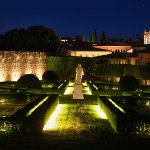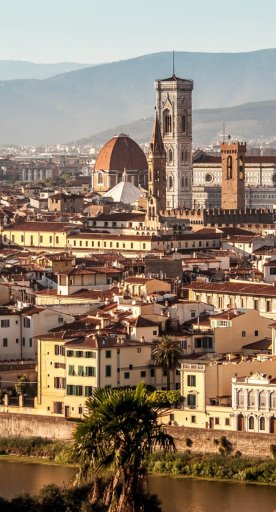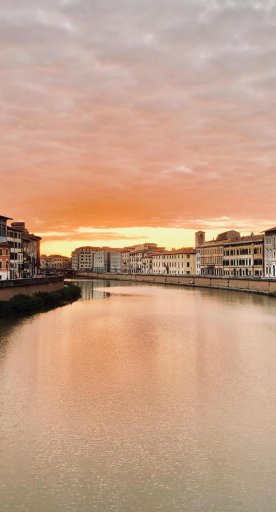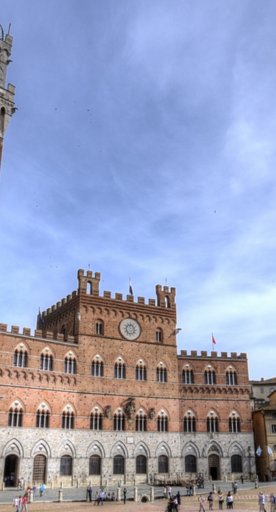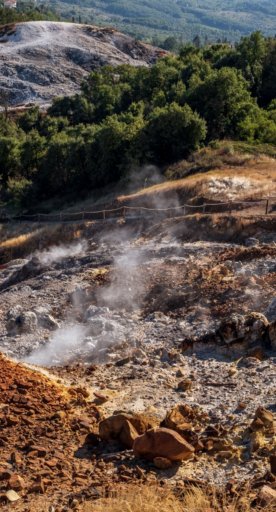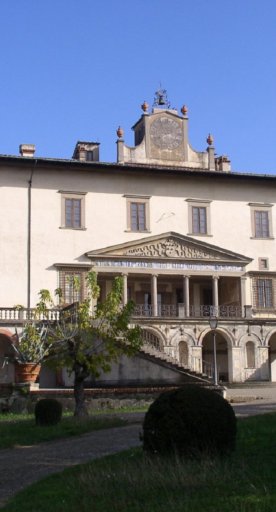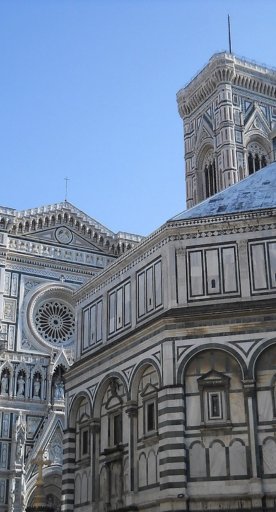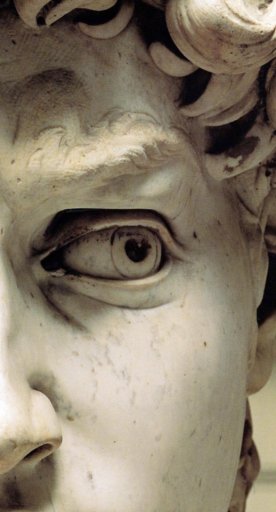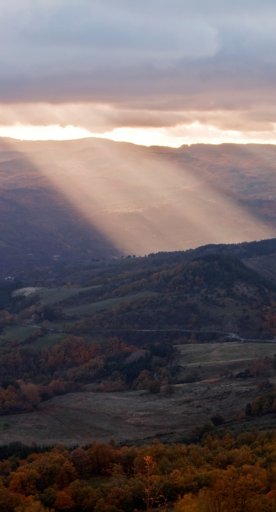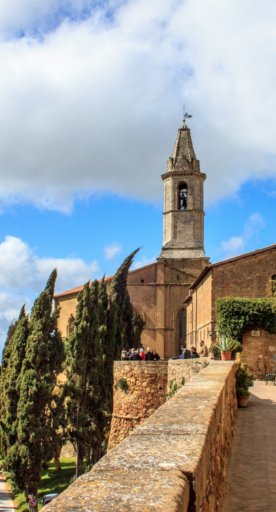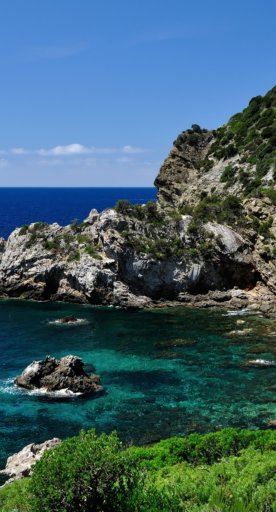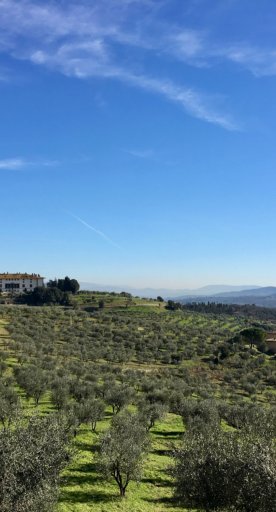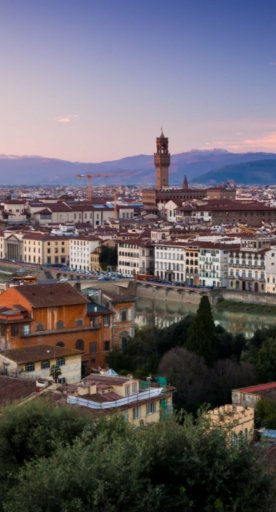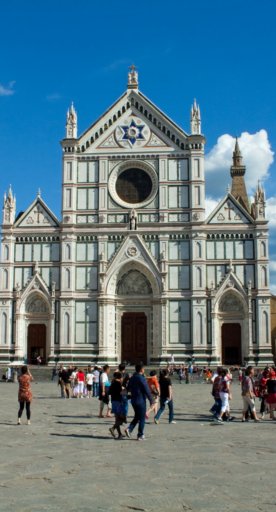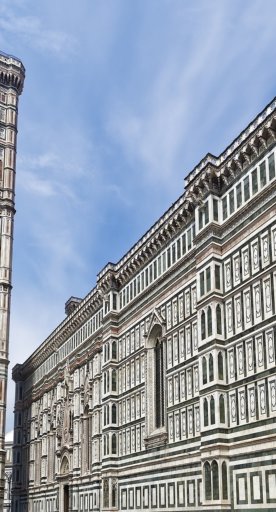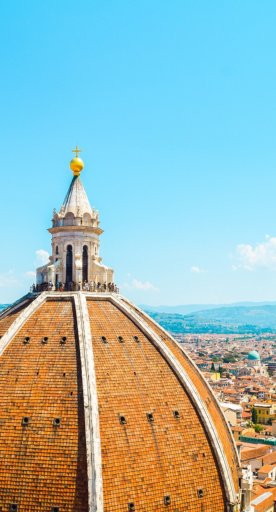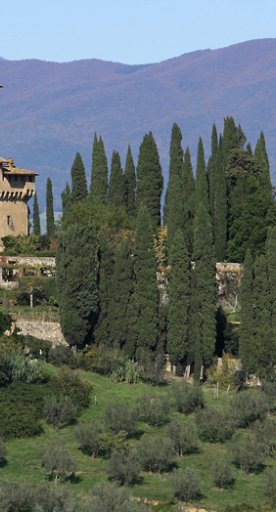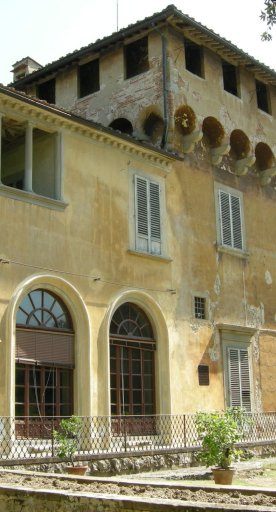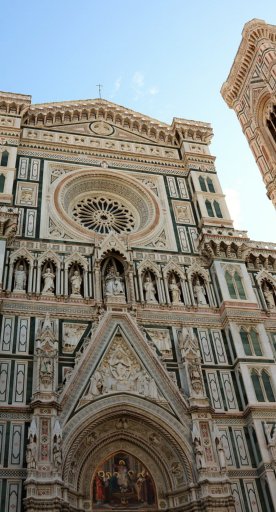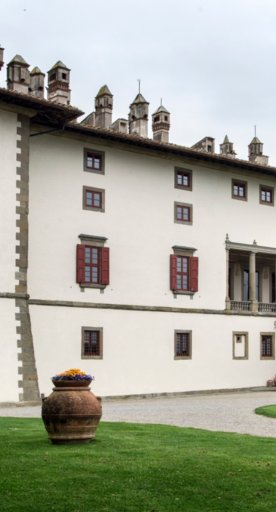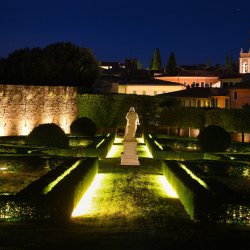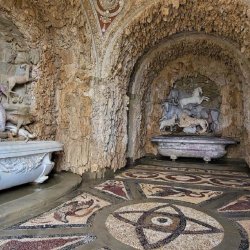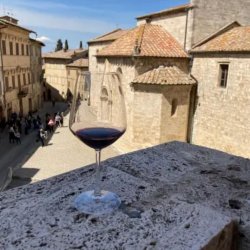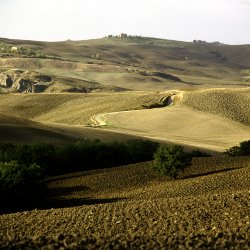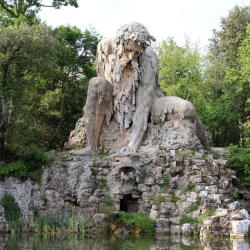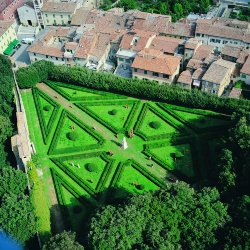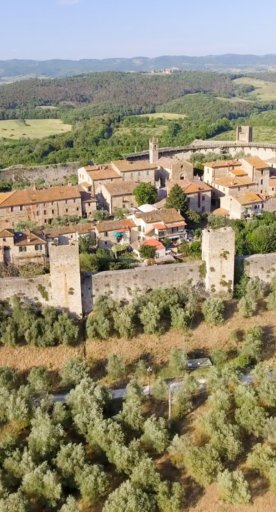
UNESCO sites
Tuscany is a true open-air museum, where art cities rich in unique works of art alternate with ancient villages and a harmonious landscape, shaped by man, among rolling hills and rows of cypress trees.
For this reason, UNESCO has declared 8 places in Tuscany as World Heritage Sites.
The prestigious list includes the historic centre of Florence, with its iconic monuments and palaces including the Uffizi and Ponte Vecchio, but also the treasures of the Oltrarno such as the Abbey of San Miniato, Piazzale Michelangelo and the Rose Garden; the historic center of Siena, home to the Palazzo Pubblico and the magnificent Duomo, and Piazza dei Miracoli in Pisa where the famous Leaning Tower stands.
With its rolling hills, cultivated fields and rows of cypresses, the Val d’Orcia is also a World Heritage Site, together with Pienza, built according to Renaissance ideas, and San Gimignano, the city of towers. Montecatini Terme, known for its historic spas and its Art Nouveau architecture, is part of the transnational multi-sited round-up titled “The Great Spa Towns of Europe”.
The list of Tuscan cultural heritage is completed by the 12 Medici Villas and 2 Gardens built under Medici rule between the 15th and early-mid 18th century. Surrounded by beautiful parks, the Villas are ideal places for a trip out of town.
Tuscany also preserves a rich natural heritage with 230 thousand hectares of parks and protected areas.
In 2017, the centuries-old beech woods of the Casentino Forest National Park became part of the UNESCO World Heritage Sites. The area represents an extraordinary example of non-anthropized forests that developed after the end of the last ice age.
Both the Metalliferous Hills Park and the Apuan Alps Park have been included in the list of UNESCO Global Geoparks for the important geological heritage they hold.
On the other hand, the Islands of Tuscany, protected by the Tuscan Archipelago National Park, the coastal forests of the Migliarino, San Rossore and Massaciuccoli Park, and the territory of the Tuscan-Emilian Apennines National Park are part of UNESCO's MaB (Man and the Biosphere) Biosphere Reserves.
Highlights
Tuscany is one of the regions with the densest concentration of UNESCO Heritage Sites in the world






